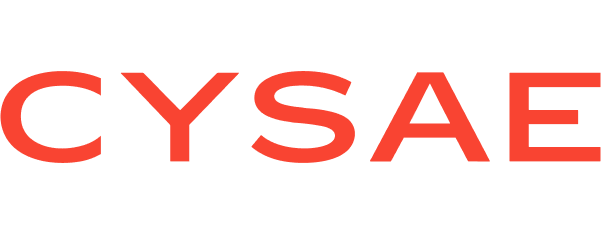When the development of the MiCA Regulation (Markets in Crypto-Assets) began, it was assumed that Bitcoin would remain outside its scope. Its decentralized nature and the absence of a responsible issuer meant that, in principle, it would not fall under the categories of crypto-assets that MiCA was intended to regulate. However, as noted by PwC’s public comments, both Bitcoin and Ether, as well as Decentralized Finance (DeFi) and non-fungible tokens (NFTs) ( PwC España).
However, as regulatory discussions advanced, lawmakers recognized the need to modify the regulation’s initial view. Bitcoin, being an active participant in financial markets, plays a significant role in the movement of transactions and a deeper penetration into financial sectors. In consequence, an update to the regulation was proposed to include Bitcoin, showing how regulatory frameworks have evolved with the ongoing development of crypto-asset markets.
The key for Bitcoin’s inclusion in MiCA came with the revision of Article 3.5, which provided for“a digital representation of value or a right that can be transferred through crypto-assets, as Bitcoin could be clearly identified as such, allowing for it to be regulated”
. This definition not only covers tokens with underlying financial or other asset backing but also includes those that are used for payments, which apply directly to Bitcoin.
Additionally, Recital 26 of MiCA clarifies that Other Crypto-Assets (OCA) includes a wide range of cryptocurrencies beyond consumer tokens. Although the latest ones give access to a good or service offered by their issuer, the regulation avoids restricting the OCA category exclusively to them. Otherwise, Bitcoin would have fallen outside the regulatory framework. In this way, MiCA adopts an approach that “makes sense,” that is, crypto-assets that do not fit into the ART (Asset-Referenced Token) or EMT (Electronic Money Token) categories are automatically classified as an OCA.
But what really drove this change of criteria?
One of the determining factors was the shift in focus in the regulation. Since Bitcoin does not have a central issuer, MiCA opted not to regulate its issuance but the services offered. Thus, Crypto-Asset Service Providers (CASPs), such as exchanges, custodians, and trading platforms, are subject to the obligations established by the regulation.
Additionally, there was concern that if Bitcoin were entirely outside the scope of MiCA, intermediaries could argue that only BTC were not subject to the regulation. This would allow companies to provide services without complying with the transparency, security, and consumer protection requirements that the EU demands. To avoid this legal gap, it was decided to regulate Bitcoin indirectly, through the services that commercialize or store it.
Another key factor was the pressure from European regulators, such as the European Central Bank (ECB), and several member states. From a macroeconomic perspective, Bitcoin is an asset with a large market volume that could represent a systemic risk if left unregulated. To address this, regulators deemed it essential to include it within the MiCA framework, even though it alters its decentralized nature.
On the other hand, MiCA also introduces advertising and promotion rules for crypto-assets on the market, which directly affect Bitcoin. Although BTC is not considered an ART or EMT, it is subject to a greater level of transparency and communication regarding the promotion and commercialization. This implies that exchanges or other providers must ensure that no deceptive practices or misleading information are used in offering services related to Bitcoin.
Consequences of Bitcoin Regulation in MiCA
The inclusion of Bitcoin in the MiCA regulatory framework is not just a simple technical detail, but a decision with significant implications for the crypto ecosystem in Europe.
On one hand, companies that provide services with Bitcoin will need to obtain a license as a Crypto-Asset Service Provider (CASP), which means they will be subject to governance, auditing, transparency, and consumer protection requirements. This could lead to an increase in compliance costs, but it could also generate market consolidation and a reduction in the number of actors in the market.
On the other hand, the regulation could also foster greater confidence in Bitcoin. By being regulated within a clear legal framework, financial institutions will be able to operate more securely in this market, facilitating its adoption within the traditional financial system. This could translate into increased use of Bitcoin in regulated financial products, such as investment funds and institutional payment solutions.
Furthermore, MiCA establishes a European passporting system, which will allow a company licensed in one EU member state to offer its services across the entire EU without needing to apply for multiple national authorizations. This unified framework could encourage investment and business expansion in the crypto sector in Europe.
However, not everything is positive. The entry barriers may become higher for startups and emerging companies that lack the resources to comply with regulatory requirements. Additionally, national regulators will need to ensure that MiCA’s implementation does not stifle innovation in the sector.




